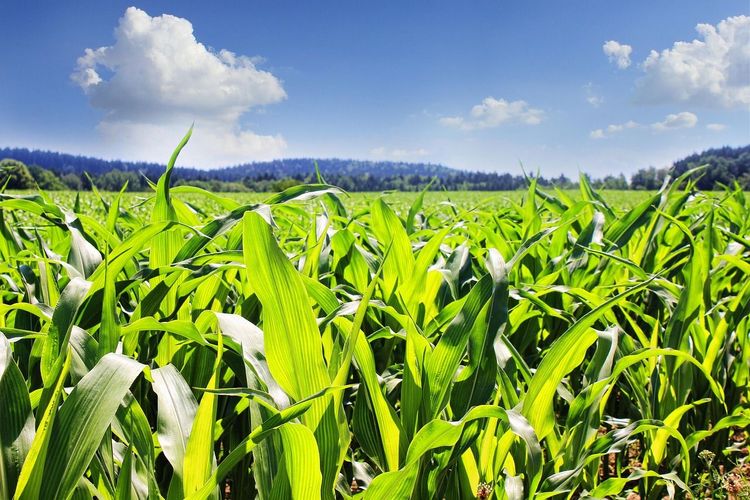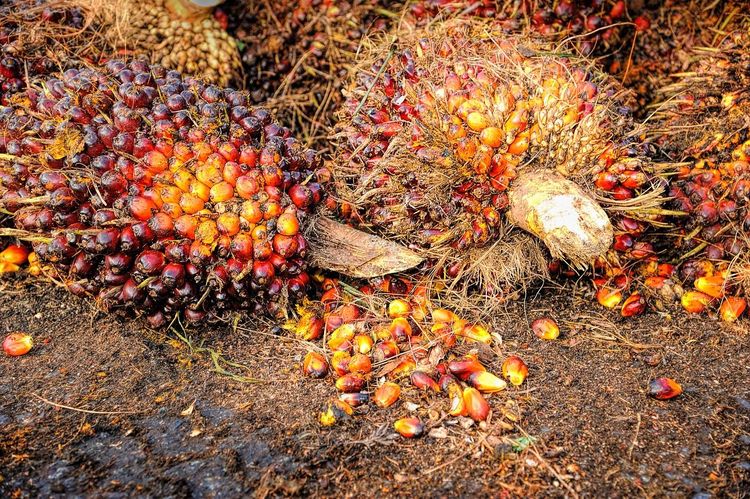Surprise Jump in US Corn Acres, Decline in Soybean Acres Rattle Markets
In a surprise shift in US acres from soybeans to corn, the USDA reported that corn planted area rose by 6.2% year over year, and soybean acreage fell by 4.5%.
The report sent corn futures lower by nearly 4%, and soybeans higher by more than 6%, in intraday trading.
The USDA’s June Acreage report estimated total corn planted area at 94.1 million acres, the third-highest corn acreage since 1944. The estimate is 2.3% higher than the agency’s Prospective Plantings report in March, and represents the largest increase in corn acreage between the March and June reports since 2007.
Soybean planted area is estimated at 83.5 million acres, which is down 4.6% from the March Prospective Plantings report.
The acreage shift from soybeans to corn will only partially offset Gro’s projected hit to corn production as dry conditions so far this season drag yields lower. Gro’s machine-learning US Corn Yield Forecast Model has declined substantially in the past month as the Gro Drought Index, weighted for corn planted area using Gro’s Climate Risk Navigator for Agriculture, hovers at the second highest level in 20 years.
For soybeans, the diminished planted area is likely to further deplete already tight supplies of the oilseeds. As of June 1, soybean stocks were down 18% from a year earlier, according to the USDA Quarterly Stocks report. Ending stocks for 2022/23 old-crop soybeans are projected to fall to their lowest level in nearly a decade.
Gro’s US Soybean Yield Forecast Model also has dropped since going live on June 1.
The soon-to-expire July soybean futures contract indicates just how tight old crop supplies are, as the July-November calendar spread widened over a $2.00 premium for July, as seen in Gro’s Future Spread Application.
Corn stocks as of June 1 were down 6% from a year earlier, the second-lowest level in nine years.
Meanwhile, US wheat stocks as of June 1 — the end of the 2022/23 season — were at their lowest level in 15 years. This year's drought in the southern Plains plus heat stress on spring wheat in the North is apt to keep wheat production limited in 2023 and ending wheat stocks will likely finish even tighter in 2023/24, as Gro wrote about here.
 Insight
InsightPrices Surge for Cocoa, Coffee, and Other ‘Soft’ Commodities
 Insight
InsightUS Cotton Acreage Will Jump in 2024, Gro Predicts
 Blog
BlogSouth America: Growing Season Snapshot
 Insight
Insight

 Search
Search